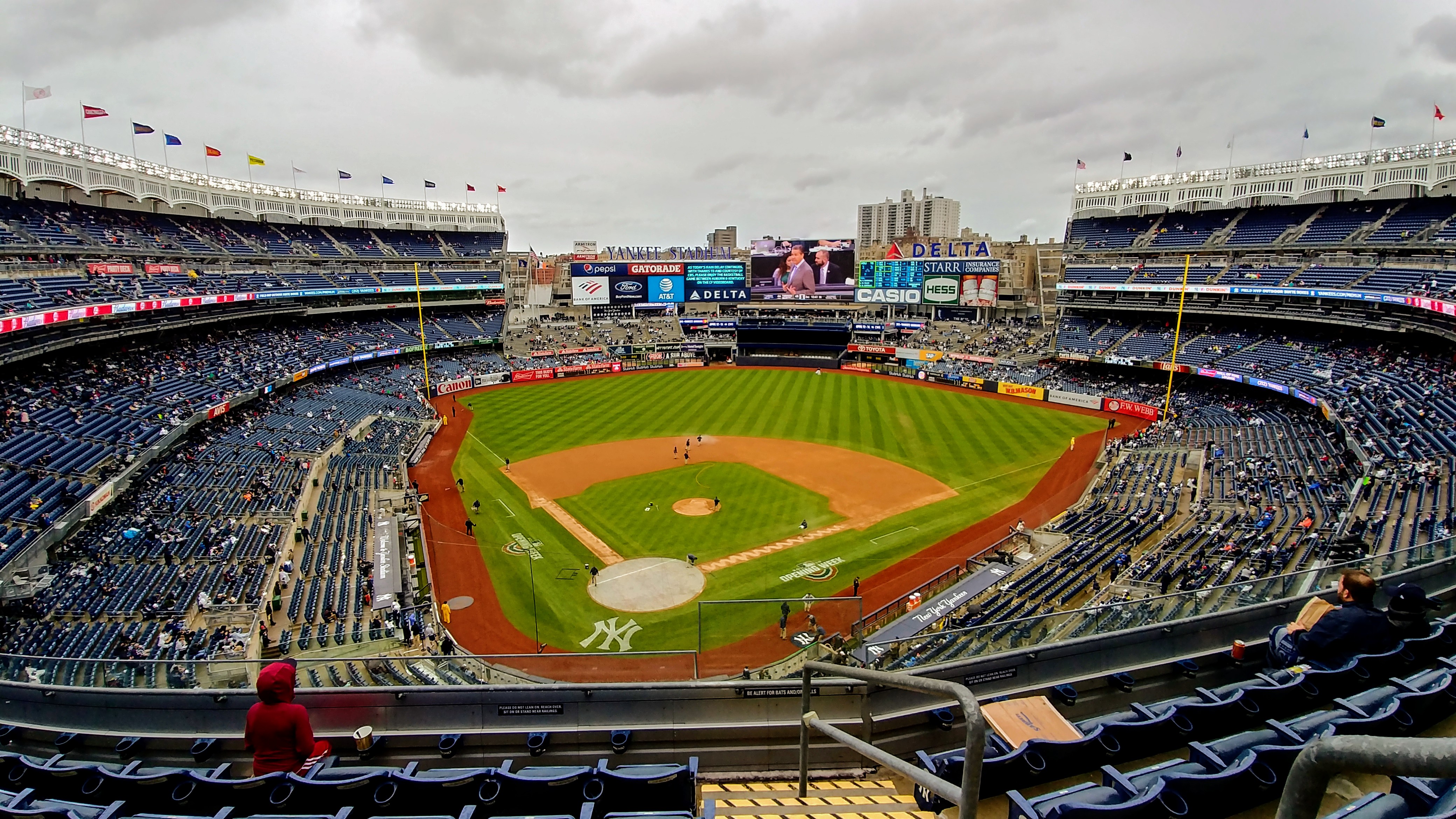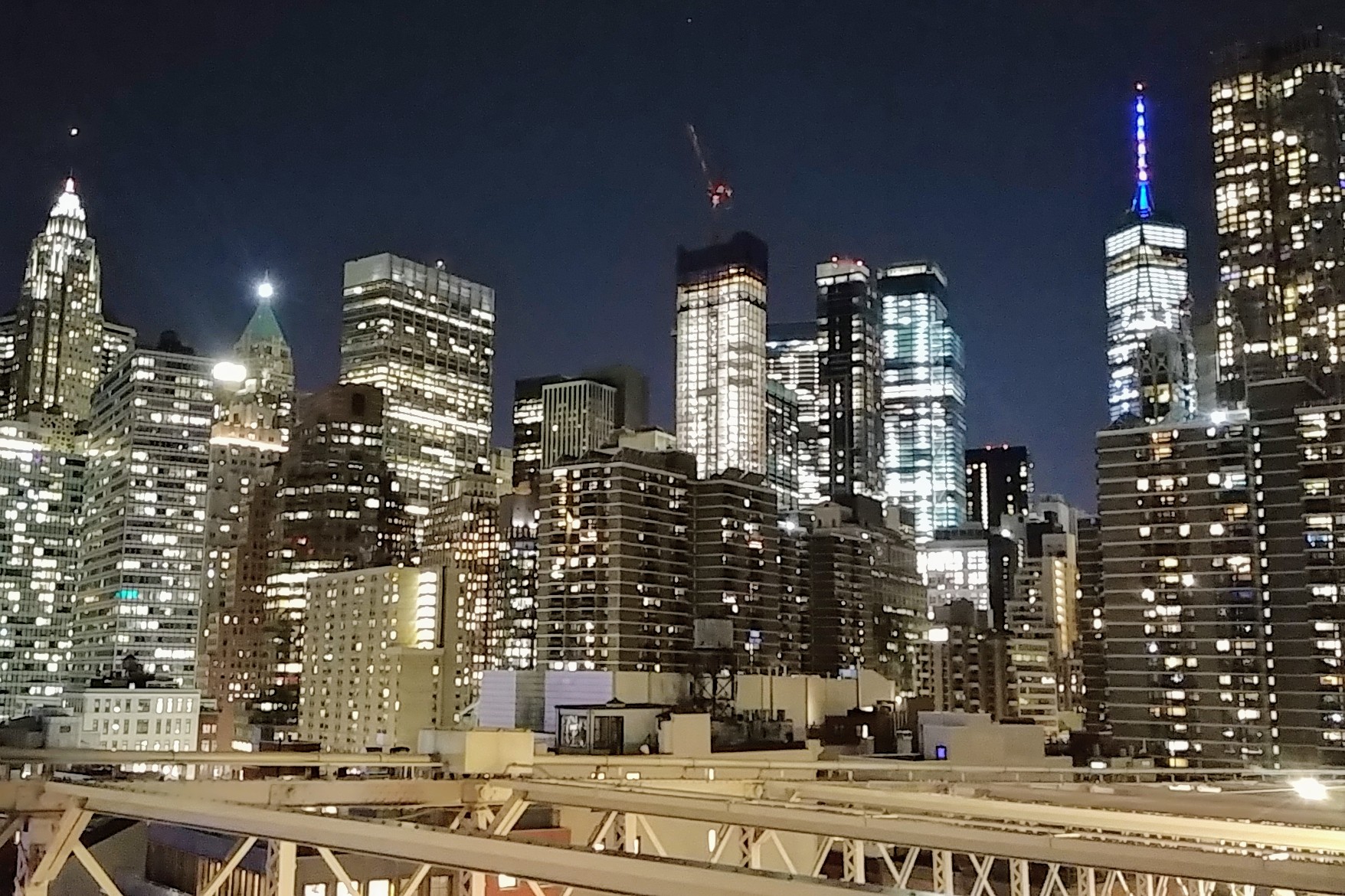When I started the 30-Park Geas in 2008, I didn't expect it would take more than 11 years. Yet here we are. And in that time, both of New York's baseball teams got new stadia, making the 30-Park Geas a 32-Park Geas before I got halfway done.
Well, this season, I'm finishing it. And wow, it's off to an inauspicious start.
Today's game between the Orioles and Yankees at *New* Yankee Stadium didn't start for 3 hours and 15 minutes past its scheduled first pitch because it's March. A cold front pushed through this morning with a nice, gentle monsoon. So the few dozen of us who remained in the park around 3:45 this afternoon let out a whoop of joy when this happened:

The joy lasted through the home team giving up 3 in the top of the first, and continued until they stopped beer sales at 5pm—in the 2nd inning. Apparently people had been there drinking since 10am, and Major League Baseball has a limit on day-drinking of 30 beers per person.
The Yankees eventually lost to the Orioles 7-5. The lost to the Orioles the last time I saw them play at home, too, though that was in *Old* Yankee Stadium. Glad the new digs worked out for them.
I did get to try a local Bronx IPA, for $16, which is a price that effectively limited my own beer consumption to two for the game. That, and I couldn't feel my fingers.
But hey, the Yankees did play baseball, and I did visit the park, and it's a pretty good park:

But the thing about a cold front is, sure, it gets rid of the rain and dampness, but it also sometimes drives the temperature from 17°C to 3°C in just a few hours. So with no more $16 beers for sale, the temperature falling to what I call "Chicago in May," and the home team trailing 4-0 in the second, I decided to cut my losses and return to Manhattan. After a really tasty bowl of ramen, I hopped the 4 train to Brooklyn and walked over the bridge:

Back home tomorrow, then resuming the Geas on Friday April 19th in Arlington, Texas, where I expect the beer quality will keep me sober on the merits but at least I won't freeze my fingers off.
And hey! The A-to-Z Challenge starts tomorrow. I've already got the first 6 posts ready to fire at noon UTC (7am Chicago time) each day. I hope you enjoy it.